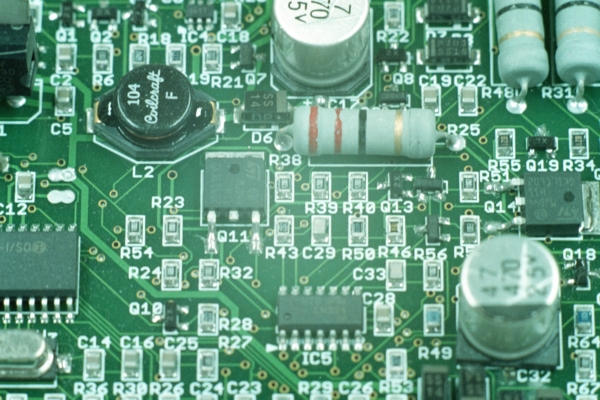I disagree with some of the things MikeW said. No matter what is between the subject and the sensor (or film), there will be light loss relative to what you would otherwise expect by considering only the f-stop. This is basic physics.
The additional light loss relative to f-stop is 1/(1 + M)^2, where M is the magnification from the real subject to its size on the focal plane. When taking a picture of a mountain or something, M is a very small number 1/1.000001 is still basically 1, so you don't notice the effect. However, at 1:1 we have 1/(1+1)^2 = 1/4, or 2 f-stops down. Real macro lenses may hide this effect by adjusting the aperture.
You don't lose more light because you flipped a lens around. You do lose light because you're probably magnifying more than unity else you wouldn't have flipped the lens around in the first place, so you're down 2 f-stops or more depending on actual magnification. Flipped lenses work because the lens was designed to focus close on the camera end and far on the subject end. With greater than 1x magnification, the lens will be closer to the subject than the film plane, so flipping it around uses it closer to how it was designed.
Depth of field is again due to physics. It's a function of the f-stop and magnification. Dedicated macro lenses live by the same laws of physics and can't make this go away. What they can do is have unusually high f-stops to allow for larger depth of field if you have the light to otherwise support using the high f-stop. Eventually diffraction effects get you (another basic physics issue), so even for dedicated macro lenses there is no point going further. For example, my Nikon 60mm macro lens stops down to f/64. That's about where diffraction effects start making the picture look a bit less sharp, so they stopped there. I have to think about using f/64 to consider whether the extra depth of field is worth the loss in sharpness. If the lens had f/91, I'd probably not use it anyway.
One effect to consider for extension tubes in particular is center haze. It happens because the light rays from the subject are less parallel than the widest angle difference the lens was designed for. Basically, when subject light comes in from a wide angle, the effective aperture is not constant accross the image. This is part of the same issue why DX lenses don't work with FX frame sizes. In case you think this is just a academic argument, here is a good example of this phenomenon:

Notice the white haze in the middle of the picture. This was a decent 135mm lens at f/8 with extension tubes. At f/8, it's not a diffraction issue and I've seen this at wider f-stops too. Some of this is also due to light bouncing off the inside of the extension tubes. Yes they rings and a flat black coating, but just looking thru them with your eyes you can see some reflection off the inside walls. This is a inherent problem with extension tubes.
Since the magnification was still less than 1 (I'm guessing maybe 1/3), flipping the lens around wouldn't have yielded anything useful, and I don't have such a adapter anyway. I don't blame the 135mm lens, since this was well beyond a geometry is was designed to operate at. This is actually a very nice and sharp lens when used as intended.
Here is a shot at about 1:1 magnification with a real macro lens:

Notice how the brightness appears pretty even over the whole frame. The macro lens is a Nikon 60mm at f/32. I've tried various lenses with extension tubes and not gotten something that even and without distorion effects in the corners.
Here are two pictures that illustrate the diffraction effect at very small apertures. This is the native pixels of a small region in the center of the previous image:

That was at f/32 as I said above. Here is the same shot at f/64:

There is a little motion blur (it was hand held at 1/15 second although my hand was resting on the ground), but that's not most of why it looks less sharp. You can see the aperture is smaller because the depth of field is greater as can be seen by comparing the backgrounds. It's not a focusing error either. From the whole picture I can see that this little fruiting body was about in the middle of the focused region.
So in conclusion, you can get useful shots with any of the three methods as long as you know the limitations of your setup and are willing to deal with them. However, dedicated macro lenses have some technical advantages that make them more convenient and allow higher quality pictures in some cases. They cost more, but extension tubes that carry all the special electrical signals and mechanical actions between the camera and lens aren't cheap either. Getting all that with a reverser is even harder, which makes them even more expensive if they do all that. Compare that to the price of a decent macro lens and the latter may not seem all that expensive for what you get after all.




